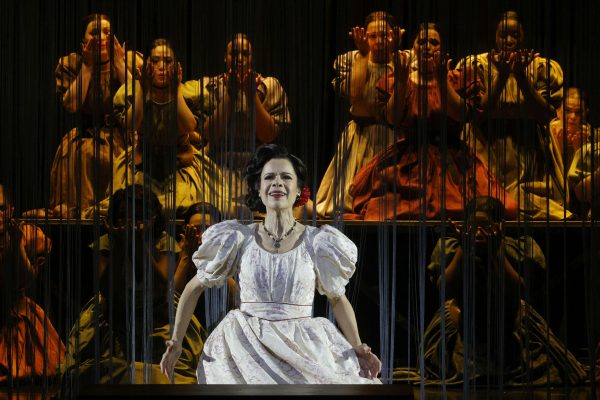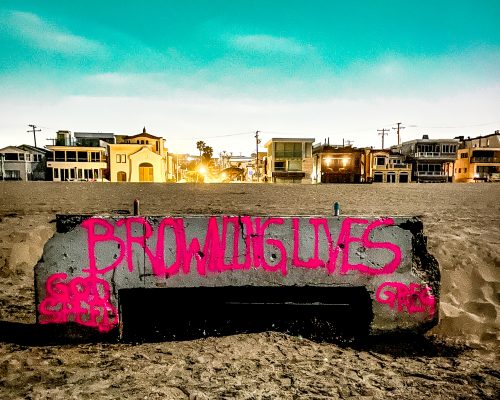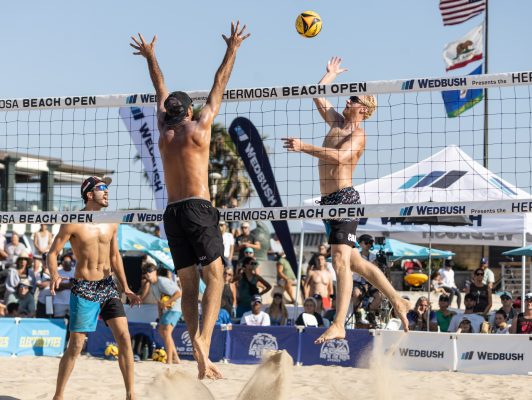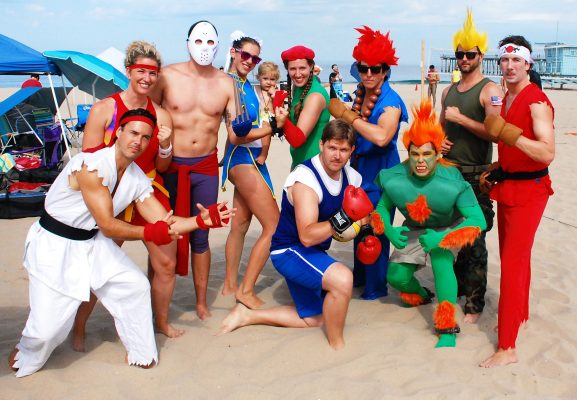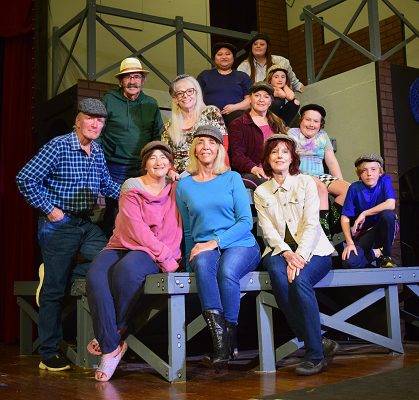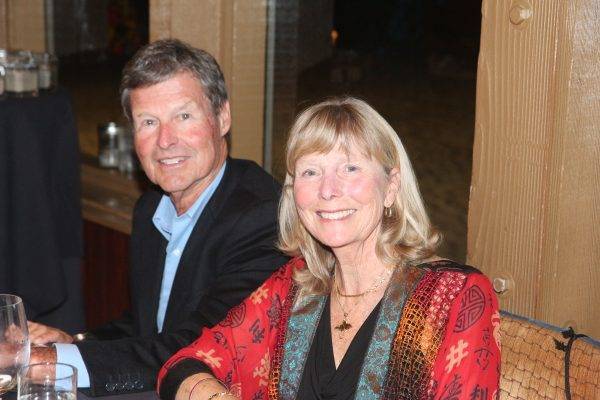
There is an ironic photograph, snapped 20 years ago, hanging on the wall of CenterCal chief executive Fred Bruning’s office. In it Bruning is flying a biplane over the Redondo Beach waterfront – coincidentally the same 15 acres his company is preparing to completely transform.
Bruning spoke last week to Easy Reader in his office, and at Tuesday night’s City Council meeting he shared the preliminary design concept with city officials, prompting extensive discussion and ultimately earning unanimous approval from the dais to continue fine-tuning a plan.
Bruning wants to create something that will attract more visitors, particularly families, to the waterfront and in doing so wean the area of its negative stigma. He is aiming for something Blue Zones-friendly with an emphasis on activity and recreation.
“If you do something this transformational, you can overcome the negativity because I think that negativity has nothing to do with location and everything to do with neglect,” he said.
He believes the pier and harbor areas have fallen into a state of decay, the buildings old and tired, and he wants to bring fresh energy to the waterfront through their revitalization.
The project intends to re-develop everything from Torrance Blvd. – the meeting of the street and the beach Bruning calls “the spaghetti bowl” – to Seaside Lagoon.
The plan is to improve access to the area by adding a road through what is currently the International Boardwalk, and on top of it a path for bikers and pedestrians. Bruning is mindful that sea levels are rising and believes it will be cost-effective to relocate some of those businesses along the boardwalk anyway.
CenterCal envisions a “signature bridge” where tourists can snap iconic photos on the Redondo Beach Pier, the way they do in front of the Sydney Opera House.
The plan incorporates a hotel the size and quality of Shutters on the Beach in Santa Monica, with a boutique charm and about 100 rooms. It would include a spa and restaurant over the water and public seating areas within walking distance of boutique retail shops like Lululemon, Bruning said.
“I think of unique shops that really you wouldn’t find in a Del Amo [Fashion Center] and would be appropriate to the beach,” he said.
Further north would be a public market hall, modeled after the San Francisco Ferry Building Marketplace but scaled down to about 35,000 square feet, with approximately 80 local shops like Quality Seafood, Mystical Joy, and niche grocers selling things like cheese and chocolate and salt.
From the market hall and its adjacent restaurants and shops, visitors would have a clear view of a computer-controlled, automated fountain with timed lighting and music capable of what Bruning calls “liquid fireworks.”
Still further north, CenterCal envisages a high-end theater modeled after iPic and Cinepolis, with expansive leather seats, full bar service and finger foods. This is a suggestion CenterCal has received “a lot of negative comments about,” but Bruning is confident that once people fully understand that it will seat 800 at most and that its pricing is likely to attract a different clientele than most cinemas, they will look forward to its grand opening.
To the very north is the most controversial component of the proposal in Bruning’s opinion. He has issues with the way Seaside Lagoon currently operates – heating water at the outdated AES power plant, diverting some back into the lagoon, and chlorinating the finished product. He wants to repurpose it and turn it into a natural estuary by removing the fence and opening the lagoon to the public year-round, creating a “beautiful pristine beach like Waikiki” with areas for picnics and concerts.
To design the concept presented at Tuesday night’s meeting, Bruning and his team, including Redondo Beach resident and director of acquisitions Rupesh Bhakta, talked to over 300 residents, attended an estimated 100 meetings with tenants and neighbors, and held five public meetings, each of which was attended by over 200 people. They have also taken photographs from balconies of most proximate homes.
Bruning is conscious that it will be difficult to please everyone but aims to make at least “85 percent” happy.
“A couple people have said they don’t want [us] to do anything. We have to respect that opinion, but that kind of opinion leads to the downfall of a community,” he said, noting that the project will create about 2,500 new jobs, generate sales and property taxes for the city, and create “an energy that will encourage others around us to rebuild,” he said.
“I think people have nostalgia and the problem is when they get old like me nostalgia becomes really solid and you don’t want any change – you’re more fearful,” he said of pockets of resistance to the project.
“We retreat into ourselves a bit and I think that’s what happened in this community. Because there hasn’t been any investment… in the waterfront it’s become a scary place, but in my mind it’s an open canvas.
“It’s a sacred piece of property and not one you can mess up,” he said. “I think if we approach it with that kind of view, of doing a service to the community… we can create a great project.”
On Tuesday night, Bruning said the area is “pretty badly broken” in terms of infrastructure alone, which will cost $100 million to fix.
Eleven members of the community rose at the council meeting to either congratulate CenterCal for a job well done or raise concerns about parking, the density of the proposed development, or the speed of the process.
CenterCal will host three additional public meetings: April 11, May 11, and June 13. Then it will go before the City Council on June 25 with a revised plan and a memorandum of understanding.
Once signed, it will open the door for the environmental impact report phase of the project, likely to last from July of this year to April 2015. Bruning estimates that if all goes according to plan, the project will be complete by 2016.
As it will add about 276,000 square feet of development, the project is likely to cost around $300 million.





